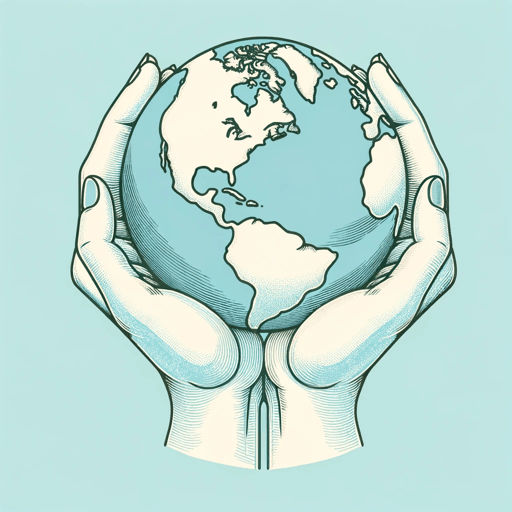41 pages • 1 hour read
Christiana Figueres, Tom Rivett-CarnacThe Future We Choose: Surviving the Climate Crisis
Nonfiction | Book | Adult | Published in 2020A modern alternative to SparkNotes and CliffsNotes, SuperSummary offers high-quality Study Guides with detailed chapter summaries and analysis of major themes, characters, and more.
Summary and Study Guide
Overview
The Future We Choose: Surviving the Climate Crisis is a 2020 nonfiction book by Christiana Figueres and Tom Rivett-Carnac. The authors worked together on the Paris Agreement at the 2015 United Nations Climate Change Conference. Figueres was executive secretary of the United Nations Framework Convention on Climate Change and Rivett-Carnac was her senior adviser. They both have expertise from years of work in this field. This guide is based on the Knopf hardcover first edition.
Summary
The introduction explains where humankind stands (as of 2020) in terms of climate change. The authors argue that the time is now to finally get serious and tackle the issue head-on. Humankind is at a critical juncture because of decades of inaction and half-hearted attempts to forge a solution. If people don’t act with the necessary urgency now, it will be too late. There is still a window of opportunity to avert disaster, but it’s closing fast.
The first chapter explains the current geological era, the Anthropocene epoch, in which humans are influencing climate change more than natural forces. To lessen the harm, people need to cut greenhouse gas emissions to net-zero by the middle of the 21st century. Chapter 2 presents a scenario of what the world will look like in 2050 if people do nothing, while the next chapter envisions the same year if they take the steps required to alter course.
Chapter 4 explains that humanity needs to totally change its mindset. People cannot continue to do things the same old way and expect to successfully combat climate change. In particular, society needs to focus on sustainability over extraction of resources and on cooperation over individualism. The following chapter discusses one of three mindsets humans will need to adopt: stubborn optimism. Optimism is a quality we need at the beginning of a process to propel us to success through uncertainties, not something that comes as a result of success. Chapter 6 highlights the mindset of endless abundance, which needs to replace dog-eat-dog, zero-sum competition. Human ingenuity and renewable energy sources like sun and wind are boundless, and society needs to take advantage of these to create a sustainable way of life. Chapter 7 outlines the third mindset, radical regeneration, which applies both to humanity and sustainable systems.
The last chapter is the longest, covering 10 actions all people need to take in the fight against climate change. The first is to let go of the old and face the future with the new mindsets described in the previous three chapters. Next, people need to grieve for the damage already done while maintaining a firm vision of what is possible in the future. The others actions are to defend the truth against misinformation, act more as citizens than as consumers, get beyond fossil fuels, reforest the Earth, invest in a clean economy, use technology responsibly, foster gender equality, and participate in politics. The last is especially important, as the transition humanity must make requires strong, stable democracies and visionary leaders.
A brief concluding chapter urges readers to write a new story about how climate change ultimately plays out. Thus far, the story has been a dispiriting one, but it’s not too late to alter course and do the work necessary for a successful outcome. The book includes themes of winning the fight against climate change, optimism in the face of challenges, and humans’ relationship to nature.

